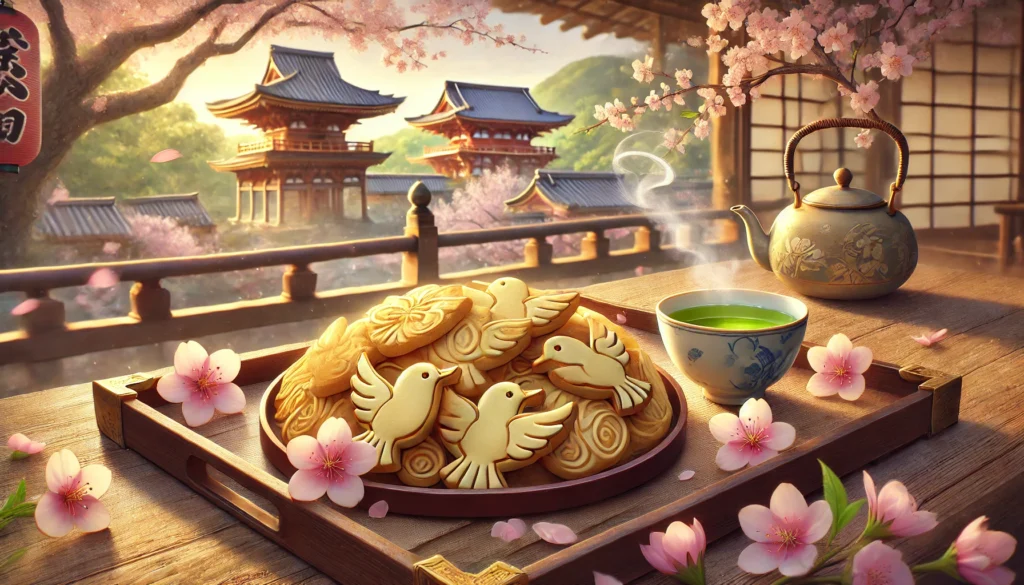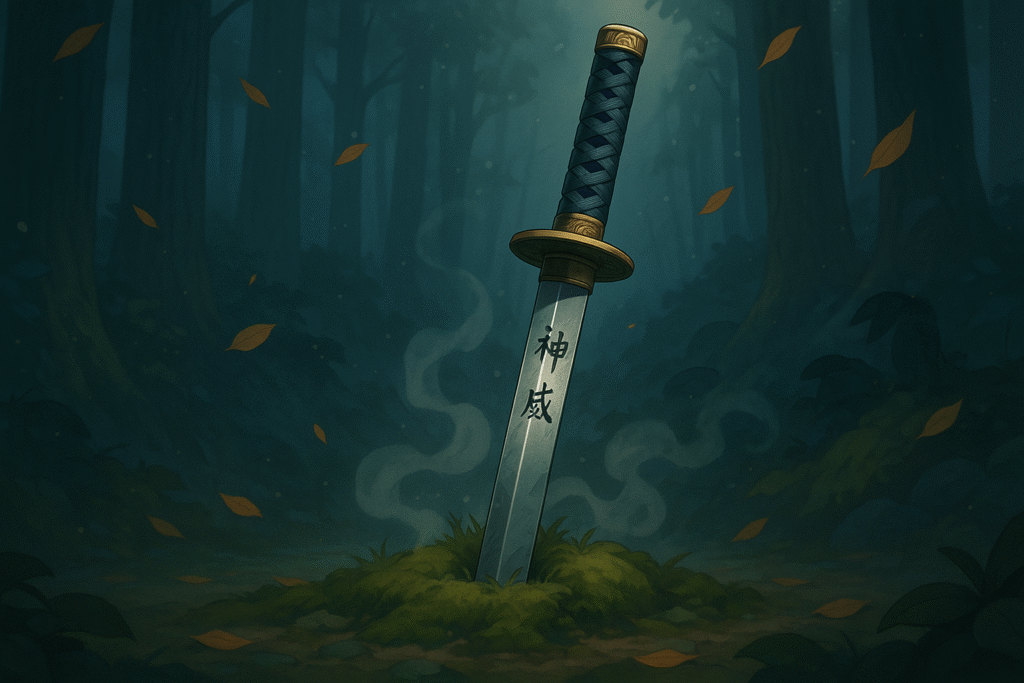Have you ever heard of a treat that instantly symbolizes an entire city? That’s exactly what happens with the iconic Kamakura dove cookies, a delightful Japanese confection that’s been winning hearts for generations. These charming bird-shaped shortbread cookies aren’t just delicious—they’re a cultural symbol deeply connected to the historic city of Kamakura. As someone who’s observed both the beauty of Kamakura and the cultural significance of these traditional cookies, I’m excited to share everything you need to know about this must-try Japanese sweet.
The History and Cultural Significance of Kamakura Dove Cookies
Kamakura dove cookies, known locally as “Hato Sabure” (鳩サブレー), have a rich history dating back to 1891. The name itself tells a story—”hato” (鳩) means dove or pigeon in Japanese, while “sabure” (サブレー) refers to shortbread. These buttery treats were first created by the Toshimaya confectionery shop and quickly became synonymous with Kamakura itself.
But why doves? In Japanese culture, doves symbolize peace and purity. The city of Kamakura, with its ancient temples and serene atmosphere, perfectly embodies these qualities. When visitors purchase Kamakura dove cookies, they’re not just buying a snack—they’re taking home a piece of cultural heritage.
The Unmistakable Appearance
What makes Kamakura dove cookies instantly recognizable is their distinctive shape. Each cookie is meticulously crafted to resemble a dove with outstretched wings, ready to take flight. The simple yet elegant design has remained largely unchanged for over a century, becoming an iconic image associated with Kamakura tourism.
“If you’re looking to expand your Japanese cultural knowledge beyond food, check out our Counting to 100 in Japanese guide. Understanding numbers is essential when shopping for Kamakura dove cookies or any Japanese treats!”
The Cultural Impact of Kamakura Dove Cookies
During my summer visit to this coastal city just an hour from Tokyo, I noticed shop after shop displaying these bird-shaped treats in their windows. Locals and tourists alike clutched distinctive yellow packages bearing the image of a dove.
What makes these cookies remarkable isn’t just their taste, but their immediate recognition factor. When Japanese people spot the distinctive dove shape, they immediately identify it as a souvenir from Kamakura—no explanation needed. Few food items in Japan command such immediate recognition and cultural association with a specific place.
The Reported Taste Experience
Those who have tried Kamakura dove cookies often describe the texture as a perfect balance between crumbly and firm. The flavor profile is subtly sweet with rich buttery notes and a hint of vanilla that lingers pleasantly. While not overwhelmingly complex, the taste is refined and comforting.
Many first-time tasters describe the experience as nostalgic, even if they’ve never had one before. There’s something about the simple, pure ingredients that connects with people on an emotional level. Each cookie contains high-quality butter, sugar, eggs, and flour—no artificial preservatives or flavors to mask the natural goodness.
Where to Find Authentic Kamakura Dove Cookies
The Original Toshimaya Shop
For purists seeking the most authentic Kamakura dove cookies experience, a visit to the original Toshimaya shop is essential. Located near Kamakura Station, this historic establishment has been producing these cookies using the same recipe for generations. The shop itself is a cultural experience, with traditional Japanese architecture and displays showcasing the cookie’s long history.
During peak tourist seasons, don’t be surprised to find a line stretching outside the door. While waiting, you can observe the meticulous cookie-making process through viewing windows, where skilled artisans shape and bake each dove by hand.
Beyond Kamakura
Can’t make it to Kamakura? These famous cookies have become so popular that they’re now available in select department stores throughout Japan, especially in Tokyo. Many major train stations also feature shops selling regional specialties, including Kamakura dove cookies. While these might lack the charm of purchasing them in their hometown, the quality remains consistent.
“While exploring Kamakura and hunting for dove cookies, you might need to ask for directions in Japanese. Our 100+ Essential Japanese Phrases guide can help you navigate with confidence and even impress the locals!”
The Art of Gifting Kamakura Dove Cookies
In Japanese culture, omiyage (souvenir) giving holds special significance. Kamakura dove cookies rank among the most popular omiyage choices for several reasons:
- Recognizability: As mentioned earlier, these cookies are instantly identifiable, making them a thoughtful gift that shows you visited someplace special.
- Longevity: Their relatively long shelf life means they remain fresh during travel and can be enjoyed days after purchase.
- Individual Packaging: Many Kamakura dove cookies come individually wrapped, making them perfect for sharing among colleagues or family members.
- Cultural Significance: Gifting these cookies demonstrates cultural awareness and appreciation for Japanese traditions.
If you’re bringing Kamakura dove cookies back as gifts, consider purchasing the decorative tin packages rather than plastic wrappers. These beautiful containers often feature traditional Japanese designs and can be kept as mementos long after the cookies are gone.
Making Your Own Kamakura Dove Cookies at Home
While nothing compares to the authentic experience of enjoying these cookies in Kamakura, attempting to recreate them at home can be a fun culinary adventure. Here’s a simplified recipe to try:
Homemade Kamakura Dove Cookies Recipe
Ingredients:
- 200g high-quality unsalted butter (room temperature)
- 100g granulated sugar
- 1 large egg
- 300g all-purpose flour
- 1 teaspoon vanilla extract
- Pinch of salt
Instructions:
- Cream together butter and sugar until light and fluffy.
- Beat in the egg and vanilla extract.
- Gradually add flour and salt, mixing until just combined.
- Wrap the dough in plastic and refrigerate for at least 30 minutes.
- Preheat your oven to 170°C (340°F).
- Roll out the chilled dough to about 1cm thickness.
- Use a dove-shaped cookie cutter or free-hand cut the dove shapes.
- Place on a lined baking sheet and bake for 12-15 minutes until edges are lightly golden.
- Cool completely before enjoying.
The challenge, of course, is achieving the precise dove shape that makes these cookies so special. Don’t be discouraged if your first attempt looks more like an abstract bird than the elegant doves of Toshimaya—the homemade flavor will still be delightful!
“To truly appreciate Japanese culture, understanding basic written characters helps immensely. Our Hiragana & Katakana Cheat Sheet can help you decipher packaging labels when shopping for authentic Kamakura dove cookies!”
Kamakura Dove Cookies in Modern Japanese Culture
These iconic cookies have transcended their original purpose to become part of popular culture in Japan:
Social Media Phenomenon
In recent years, Kamakura dove cookies have gained popularity as Instagram-worthy treats. Their photogenic shape makes them perfect for social media posts, with many visitors arranging the cookies in creative ways or photographing them against Kamakura’s historic backdrop. Hashtags related to these cookies regularly trend during peak tourist seasons.
Seasonal and Limited Editions
Building on their century-old tradition, Toshimaya and other manufacturers now produce seasonal variations of Kamakura dove cookies. Spring editions might feature sakura (cherry blossom) flavoring, while autumn brings sweet potato or chestnut versions. Collecting these limited editions has become a hobby for some enthusiasts.
Pop Culture References
The distinctive dove shape has appeared in anime, manga, and Japanese television shows. When characters visit Kamakura in fiction, these cookies often make a cameo appearance, further cementing their cultural status.
Beyond the Cookie: Exploring Kamakura
While Kamakura dove cookies make a delightful souvenir, the city itself offers so much more. If you’re planning a trip to taste these treats at their source, consider these other attractions:
- The Great Buddha (Daibutsu): This 13.35-meter bronze statue dates back to 1252 and is one of Japan’s most famous icons.
- Hase-dera Temple: Known for its eleven-headed statue of Kannon and beautiful gardens overlooking the sea.
- Hokokuji Temple: Famous for its bamboo grove and traditional tea ceremony experience.
- Enoshima Island: Connected to Kamakura by a bridge, this small island offers caves, shrines, and spectacular views.
- Komachi-dori: A charming shopping street where you can find not only Kamakura dove cookies but numerous other local specialties like matcha ice cream and sweet potato soft serve—unique flavors that are rarely found in Western countries.
Visiting these sites will work up an appetite, making those dove cookies even more appealing!
“Planning to visit Kamakura? You’ll encounter many kanji (Japanese characters) on signs and menus. Our JLPT N5 Kanji Cheat Sheet covers the basic characters you’ll need to navigate this historic city!”
Why Kamakura Dove Cookies Continue to Captivate
In an age of elaborate desserts and Instagram-worthy confections, what explains the enduring appeal of these simple shortbread cookies? Several factors contribute to their lasting popularity:
Nostalgia Factor
For many Japanese people, Kamakura dove cookies evoke childhood memories of school trips or family vacations. This emotional connection ensures that generation after generation continues to seek out these treats.
Artisanal Quality
Despite their popularity, Kamakura dove cookies have maintained their artisanal quality. The original shop still emphasizes traditional methods and high-quality ingredients, resisting the temptation to cut corners for mass production.
Perfect Balance of Simplicity and Distinctiveness
The cookies strike an ideal balance—simple enough in flavor to appeal to almost everyone, yet distinctive enough in appearance to be memorable and gift-worthy.
Final Thoughts on Kamakura Dove Cookies
The allure of Kamakura dove cookies extends far beyond their taste. These simple shortbread treats represent something deeper—a connection to Japanese tradition, craftsmanship, and the art of gift-giving. Their distinctive shape has transformed them from mere cookies into cultural icons, recognized throughout Japan as symbols of Kamakura itself.
For visitors to Japan seeking authentic experiences, these cookies offer a tangible piece of cultural heritage that can be shared with friends and family back home. The story behind Kamakura dove cookies reminds us that sometimes the most meaningful cultural symbols come in the simplest forms—even that of a bird-shaped cookie that has brought joy to generations of travelers.
Next time you find yourself in Kamakura, don’t miss the opportunity to experience these iconic treats. Pick up a package (or several), find a quiet spot with a view of the ancient temples, and appreciate a sweet symbol of cultural heritage that has been shared by visitors for over a century.
Are you planning to visit Kamakura or curious about other traditional Japanese sweets? Share your thoughts in the comments below!




